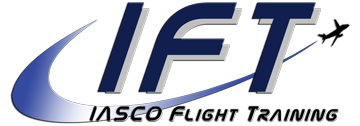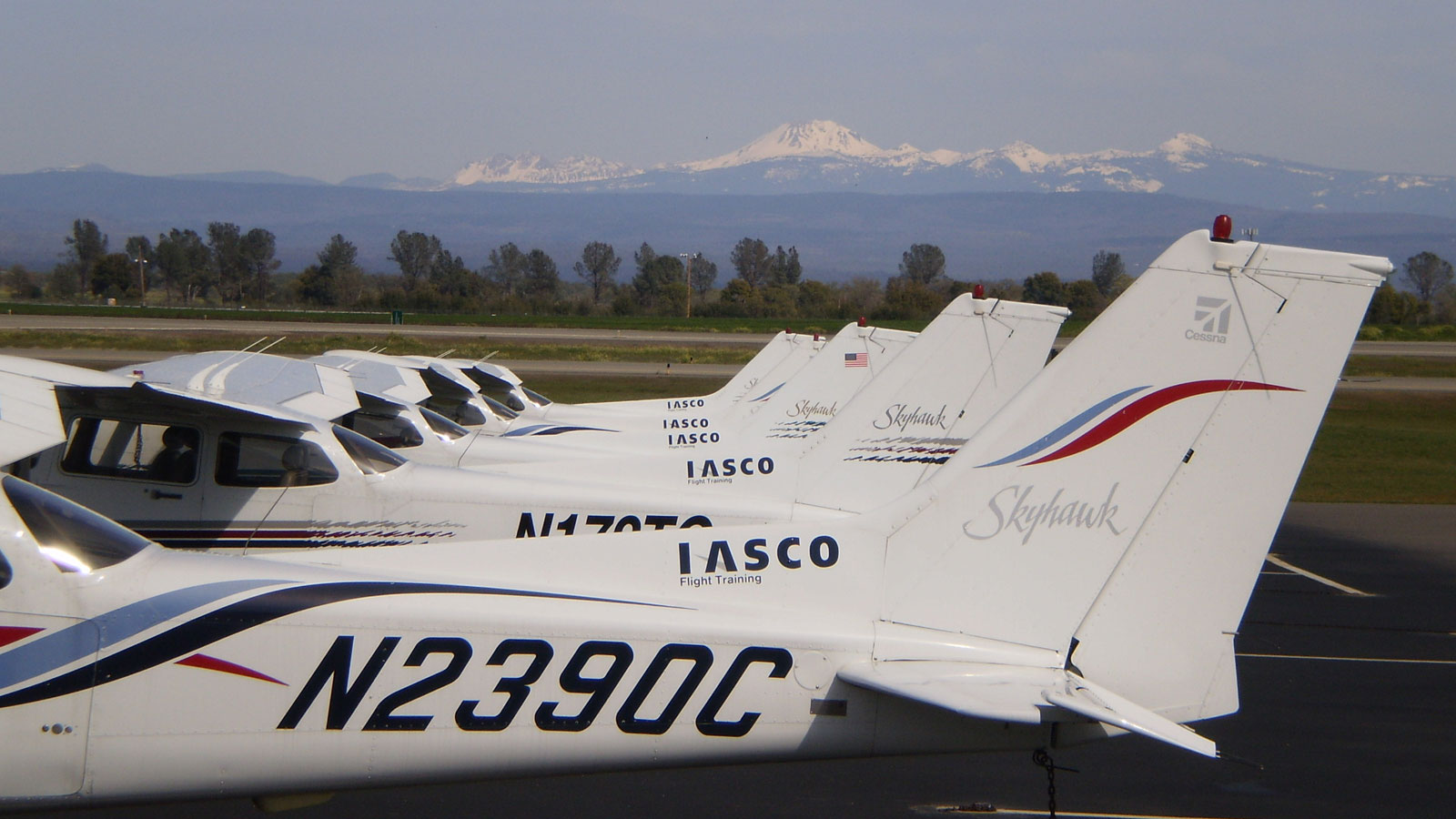About IASCO Flight Training
IASCO is an internationally recognized Flight Training School.
In 1969 IASCO began flight training and flight crew leasing for multiple airlines with a presence in Napa, and later in Redding, California.
IASCO branched out in 2007, offering training to other international airlines seeking flight instruction. We approached the Chinese market and obtained new contracts that began in 2008.
IASCO Flight Training (IFT) was created to identify the new Part 141 training curriculum. The Civil Aviation Authority of China (CAAC) has approved us for a capacity of 180 students in their approved training program.
IASCO’s staff is committed to this project and its continued future success. We are dedicated to providing professional results for our customer and our community.
Mission Statement
The mission of IFT is to produce the most competent, professional pilots for customers within the hours allowed by the training courses and on-schedule.
To achieve this mission, IFT uses a culture of discipline in the application of four core competencies:
- Safety
- Quality
- Standardization
- Continuous Improvement
These competencies drive every step of the pilot training process.
Core Competencies
Safety
We will be constantly on-guard for actions that do not promote safe operation or behavior. Questionable actions will be reported for the well-being of our colleagues and for preventing a future occurrence.
Quality
We will teach the right thing at the right time and not let any substandard performance go unnoticed. Students will not proceed until they have met the quality standards.
Standardization
We will teach our students the same things, so that we will get a predictable result. Also, we will adhere to, and teach our students to adhere to, the policies and procedures set forth by the company.
Continuous Improvement
We will continually search our instruction techniques and operational processes for solutions to difficult training issues, and not allow ourselves to be satisfied with mediocrity.
IASCO Flight Training supports the highest levels of learning in all students by offering courses that provide students with knowledge and skills that help them attain their full potential as informed pilots and responsible members of the aviation community. A core focus on single-pilot resource management underlies all ground and flight training in order to instill a mindset of standardization and safety in each pilot trained.
Active Learning
At IASCO Flight Training, we use an educational strategy called active learning. Active learning focuses the responsibility for learning on the student through the use of group and individual classroom activities.
Active learning strategies are comparable to lectures for achieving content mastery, but superior to lectures for developing thinking skills. In addition, students who receive formal education learn better when they are actively engaged in the learning process as opposed to those who do not partake in the learning process.
IFT’s instructors deliver lesson content in the active learning environment with classrooms and lessons that are designed to maximize student comprehension, application, and retention.
Single-Pilot Resource Management (SRM)
SRM is the art and science of managing all the resources (both onboard the aircraft and from outside sources) available to a single-pilot (prior to and during flight) to ensure that the successful outcome of the flight is never in doubt.
There are six areas of SRM that are incorporated into each lesson throughout the training course.
Students are also introduced to Crew Resource Management (CRM) concepts in preparation for transition into the multi-crew and airline environments.
- Aeronautical Decision-Making
- Practice of making sound aeronautical decision-making during the planning and execution of each flight.
- Risk Management
- Utilization of risk management tools and models to assess the potential risk associated with each flight during preflight planning and while in flight.
- Task Management
- Proper prioritization of the various tasks associated with the planning and execution of each flight.
- Situational Awareness
- Maintaining awareness, at all times, of the status and position of the aircraft and current state of the physical and operational environments.
- Controlled Flight into Terrain Awareness
- Accurate assessment of risks associated with terrain and obstacles, maintaining accurate awareness of terrain and obstacles, and using appropriate techniques and procedures to avoid controlled flight into terrain or obstacles by using all resources available.
- Automation Management
- Effective use of automation features of the aircraft in such a way to manage workload and remain aware of the current and anticipated modes and status of the automation.

